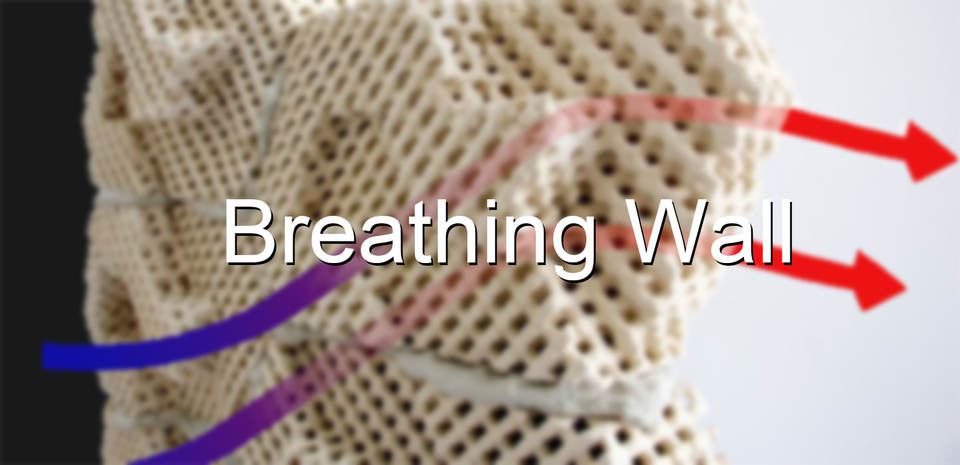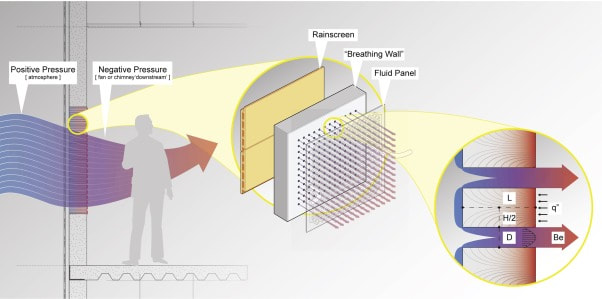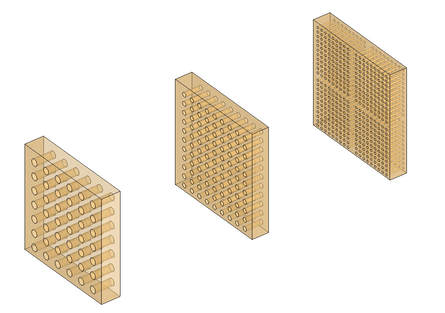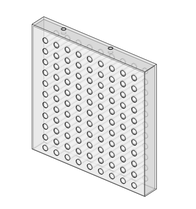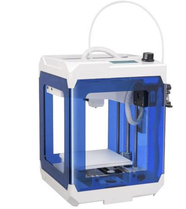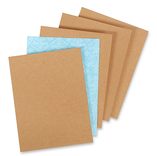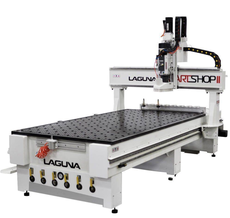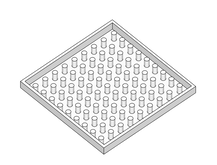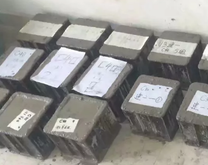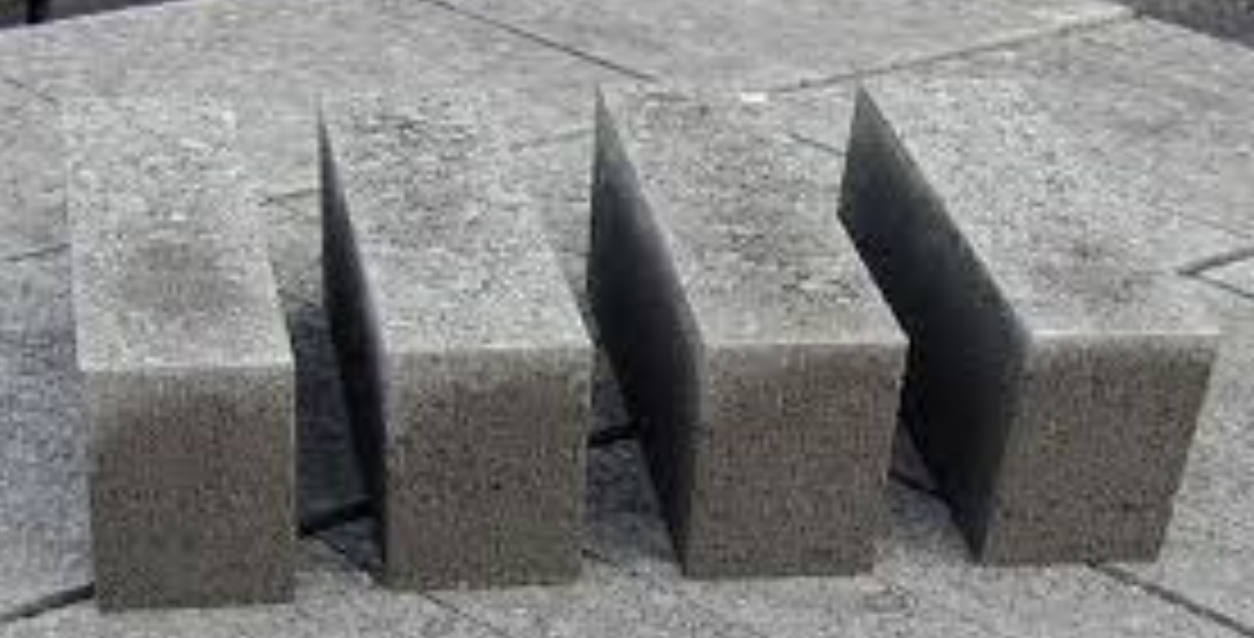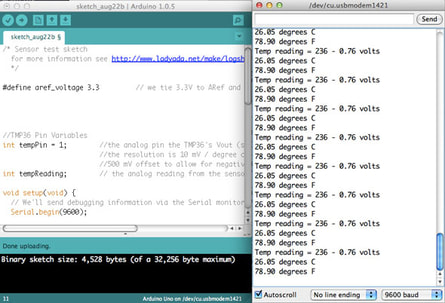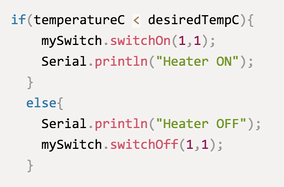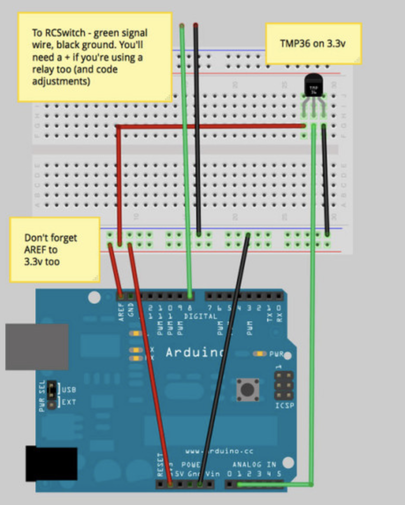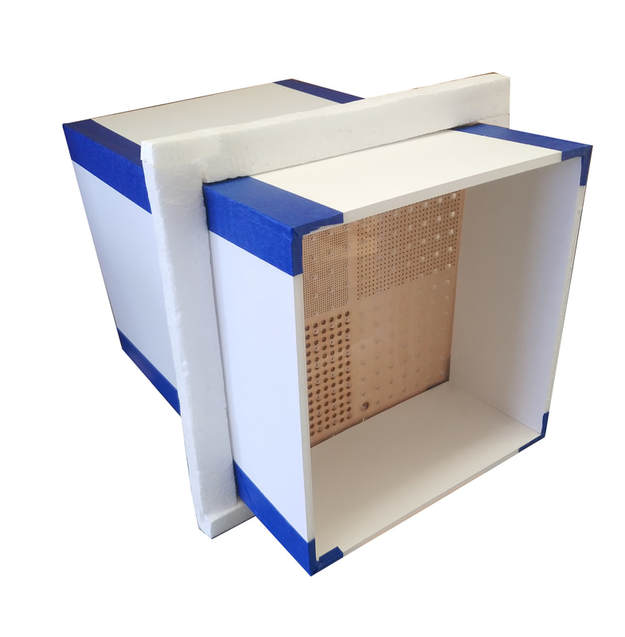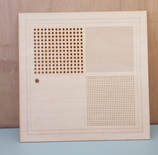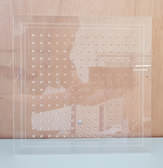-
Projects
- Environment Box
- Passive Refrigeration
- Water Cooling
- Fog Catching
- Roof Geometries
- Optimal Insulation
- Cooler Windcatcher
- Green Machine
- Mitigating Humidity
- Convective Air Flow
- Styrene Reuse
- Thermal Reflection
- ETFE Rigidification
- Phase Change Materials
- Polar Reflection
- Cavity Depth Variation
- Vapor Permeability
- Algae Facade
- Moisture Buffering
- Engineered Geometries
- Recycled Desiccant Materials
- Living Wall
- Solar Shading Facades
- SHADESin.reACTION
- Low-Fab Dehumidification
- Breathing Wall
- Urban Heat Island
- Acoustical Design
- Latent Heat of PCM's
- Insulative Qualities of Air
- About
- Lectures
- Assignments
- Workshops
- Syllabus
- Resources
PROPOSAL
Background
Porous Materials can be used as not only physical filtration, but also as heat exchanger. I'm intended to test the performance of heat-exchanging wall of different materials (foam, wood and concrete) with different sizes of holes. My experiments are based on Salmaan and Jonathan' s result, which proves that a water circuit guarantee direct thermal contact and prevent radiant discomfort.
Porous Materials can be used as not only physical filtration, but also as heat exchanger. I'm intended to test the performance of heat-exchanging wall of different materials (foam, wood and concrete) with different sizes of holes. My experiments are based on Salmaan and Jonathan' s result, which proves that a water circuit guarantee direct thermal contact and prevent radiant discomfort.
Illustration 1: Building envelope with porous material optimized to exchange heat to the incoming air with minimal conduction losses. [1]
Research Questions
Does the size of panels impact the efficiency of heat exchange? (diameter=1/8, 1/16, 1/32 inch)
Hypothesis
The smaller the size is, the fewer the energy is lost, in the meantime, larger size have a larger capacity on exchanging heat.
Digital Fabrication
1 Water circuit- Rhino- 3D printer
2 Foam/Wooden wall - AutoCAD - CNC
|
mold
|
|
pouring concrete
|
3 Concrete Wall: Mix water and lime powder, pour the mixture into the mold made by 3D printer.
Arduino
A written algorithm will control the temperature and flow rate of water with Arduino.
Mockup
scale 1/2
Sources:
[1] Salmaan Craigab, Jonathan Grinham, Breathing walls: The design of porous materials for heat exchange and decentralized ventilation, Harvard University
[1] Salmaan Craigab, Jonathan Grinham, Breathing walls: The design of porous materials for heat exchange and decentralized ventilation, Harvard University
